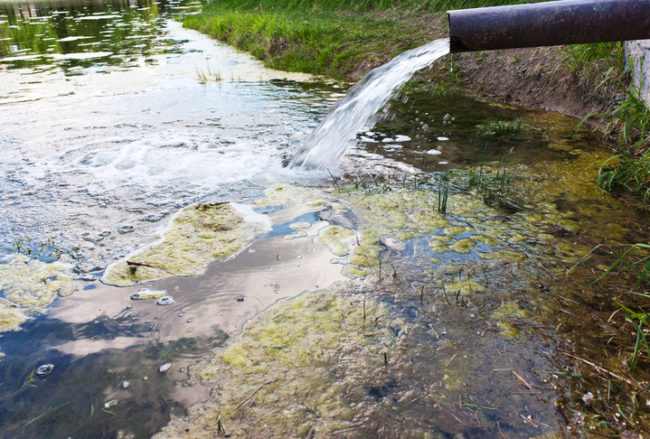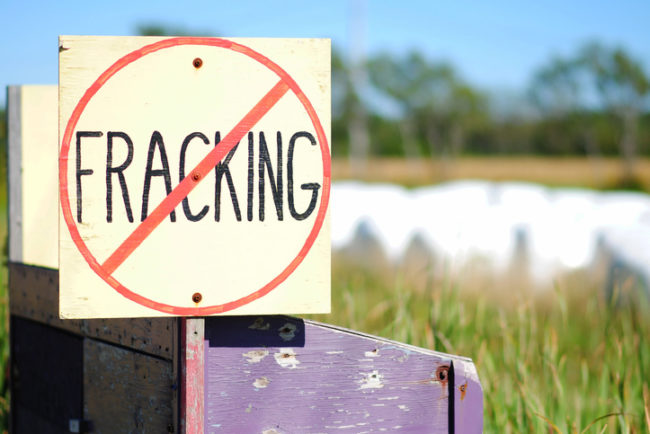On February 20, 2018, a federal court in New York expanded the universe of plaintiffs who can sue for PFOA contamination in that state. The court ruled that plaintiffs could seek purely economic damages in negligence claims based on PFOA contamination, so long as the plaintiff’s business is located within the “zone of contamination.”
As readers of this blog may be aware, PFOA (perfluorooctanoic acid) is a man-made chemical used, among other things, to make fabrics water- and stain-resistant. Originally manufactured by the 3M Company, …
Continue Reading









